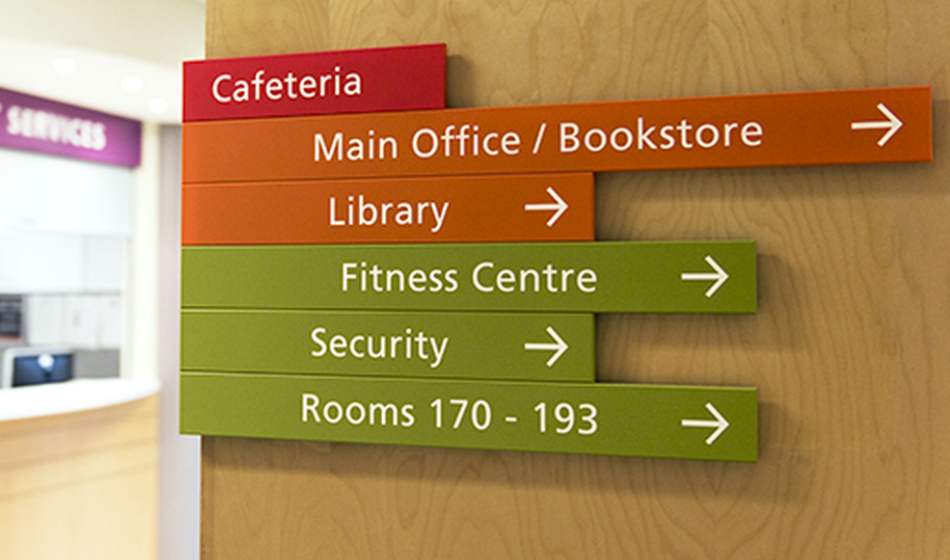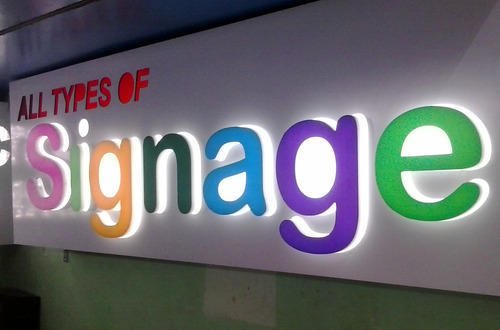

Directional signage plays a pivotal role in guiding people through spaces, ensuring safety, and creating positive experiences in both business and public environments. Whether in a shopping mall, hospital, school, or office complex, the ability to navigate easily is essential for productivity, efficiency, and customer satisfaction.
Directional signage, often referred to as wayfinding signage, provides clear and concise directions, helping people locate their destinations without frustration. Businesses and organizations that prioritize effective signage benefit from enhanced customer experience, better traffic flow, and increased operational efficiency.
This article delves into the importance, types, and benefits of directional signage and explains why investing in professional solutions, like those offered by Signfix Industrial Limited, is essential for seamless navigation.
Directional signage consists of visual markers, symbols, or text-based signs that guide individuals to specific locations within a building, campus, or outdoor area. These signs may include:
Directional signage is crucial in environments such as:
The primary objective of directional signage is to minimize confusion and improve accessibility, making it an integral part of design and infrastructure planning.
Clear and well-placed signage creates a positive impression by enabling visitors to navigate independently. This improves satisfaction and increases the likelihood of return visits.
In busy environments such as airports or hospitals, poor navigation adds unnecessary stress. Directional signage helps people move quickly to their destinations, reducing congestion.
Inclusive signage considers the needs of all users, including those with disabilities. Features such as braille signage, high-contrast colors, and intuitive symbols make spaces accessible to everyone.
Well-designed directional signage reflects a company’s professionalism and attention to detail. For instance, branded signs with consistent fonts, colors, and logos reinforce brand recognition.
These signs provide general information to guide visitors to their destinations. Examples include:
Wayfinding signs are crucial in complex environments like hospitals or airports. They include:
These signs inform visitors about rules and regulations in a given area, such as:
Safety signs ensure compliance with regulations and protect individuals. Examples include:
Modern wayfinding solutions use digital displays to provide real-time, customizable information. These are particularly useful in dynamic environments, such as large shopping malls or event venues.
Creating directional signage involves more than just placing signs. Effective signage must be strategically designed and installed to achieve maximum impact.
Signs should communicate the message quickly and unambiguously. Use:
The location of signage determines its usefulness. Place signs at key decision points, such as entrances, intersections, or exits.
Maintain brand consistency by using uniform fonts, colors, and logos. This not only aids recognition but also enhances your brand image.
In diverse areas, consider using multilingual text and universally recognized symbols to cater to a wide audience.
Well-placed signage ensures a seamless experience, encouraging visitors to spend more time exploring your business or facility.
Employees spend less time directing visitors, freeing them to focus on their tasks.
Proper safety and regulatory signage minimize risks and ensure compliance with local regulations.
Visitors are more likely to trust and return to businesses or spaces that are easy to navigate.
Schools, colleges, and universities often have large, sprawling campuses. Directional signage ensures:
Healthcare facilities need intuitive navigation to guide patients to departments like radiology, emergency rooms, or pharmacies.
Clear wayfinding enhances shopping experiences by guiding customers to different store sections, exits, or promotional areas.
Airports, train stations, and bus terminals rely heavily on signage to manage passenger flow and improve safety.
Signfix Industrial Limited is a trusted name in Nigeria’s signage industry, offering customized, high-quality solutions for businesses and public institutions.
Directional signage is a critical investment for businesses and public institutions aiming to create seamless and enjoyable experiences for their visitors. From enhancing safety to strengthening brand identity, the impact of clear and effective signage cannot be overstated.
If you’re looking for signage solutions that combine functionality, aesthetics, and durability, Signfix Industrial Limited is your trusted partner in Nigeria. Contact us today to discuss your project and discover how our expertise can help transform your space!
Your success starts with the right direction—choose Signfix for all your signage needs.

5 Powerful Ways Signage Empowers Self-Service Customers and Enhances Satisfaction

5 Surprising Ways Quality Signage Can Transform Your Business in

7 Emotional Triggers Your Signage Should Tap Into (If You

10 Crucial Things You Must Know About Signage Laws in
100% Original products that covered warranty by the vendor.
You have the right to return your orders within 30 days.
Your orders are shipped seamlessly between countries.
Your payments are secure with our private security network.